This site uses cookies, by continuing to use this site you are agreeing to their use. Learn More
sir john soane's museum
This site uses cookies, by continuing to use this site you are agreeing to their use. Learn More
sir john soane's museum
| Click on the thumbnails to get a larger picture, then on |
|
on the top LHS of the screen to return to this page. |
Map from PJ's phone
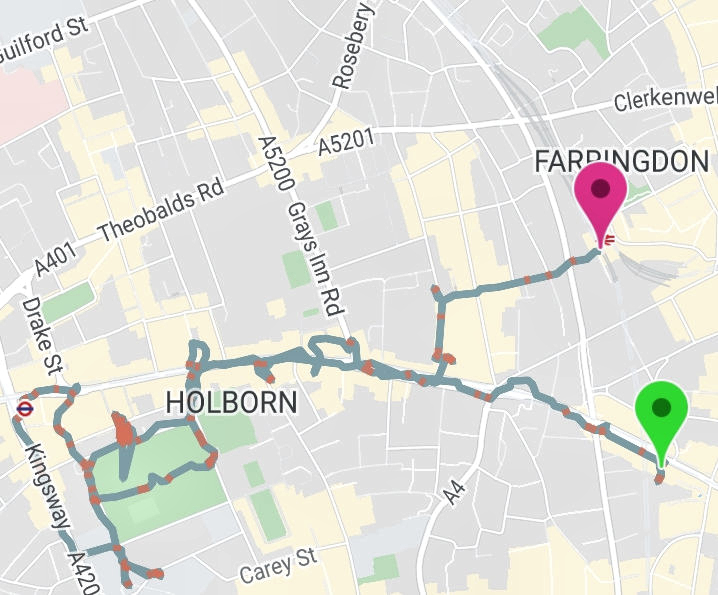
|
Sir John Soane, Soane originally spelled Soan, (born September 10, 1753, Goring, Oxfordshire, England—died January 20, 1837, London), British architect notable for his original, highly personal interpretations of the Neoclassical style. He is considered one of the most inventive European architects of his time. In 1768 Soane entered the office of George Dance the Younger, surveyor to the City of London. In 1772 he went to Henry Holland as an assistant, and from 1772 he also attended Royal Academy of Arts schools. Granted a traveling scholarship by King George III, he went to Italy in 1778. As a country house architect, Soane had modest success until he was appointed architect to the Bank of England in 1788. Various government appointments followed, and in 1806 he succeeded Dance as professor of architecture at the Royal Academy. He was knighted in 1831. A collection of his lectures, edited by David Watkin, was published in 1996. |
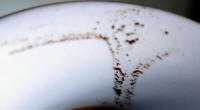 Snow leopard in coffee grains on a cup |
We walked from City Thameslink along High Holborn. |
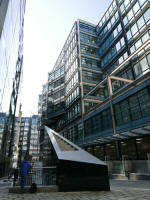 |
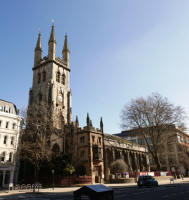 Holy Sepulchre Church |
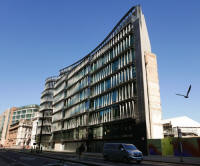 |
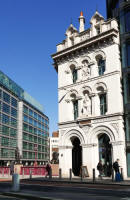 |
 |
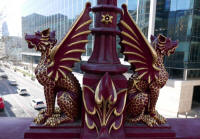 |
 |
 Farringdon Street from the bridge |
 In a jewellers |
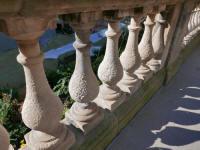 |
 The Inn of Court |
 Staples Inn |
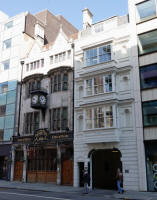 The Cittie of Yorke |
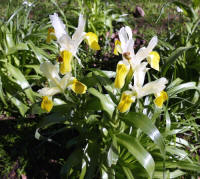 Iris bucharica |
|
Iris bucharica was growing under trees in Lincoln's Inn Fields - a wholly inappropriate position but it was thriving. It originates in Afghanistan, Tajikistan and Usbekistan. It has a yellowish white bulb, about 2 cm in diameter,[2] with thin fleshy roots.[3] It grows 20–40 cm (7.9–15.7 in) high.[4][5]. The lanceolate (lance-like) leaves which are blue-green below and glossy green above, reach up to 3.5 cm (1.4 in) wide and 20 cm (7.9 in) long. They are scattered up the flower stems. Each stem produces up to seven unscented flowers in spring. They bloom in order from the top of the stem, going downwards. The perianth tube is about 4.5–5 cm (1.8–2.0 in) long. Like other irises, it has 2 pairs of petals, 3 large sepals (outer petals), known as the 'falls' and 3 inner, smaller petals (or tepals), known as the 'standards'.[6] The flowers have white or creamy white standards with yellow falls. The falls sometimes have brown markings and a deep yellow crest. The flowers are about 2.5 in (6.4 cm) across. Pure yellow forms are occasionally wrongly labelled as I. orchioides (a different species).[7] The stigmas are semicircular, with whitish anthers and pollen. |
|||
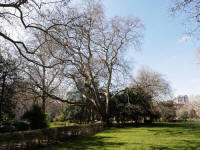 Lincoln's Inn Fields |
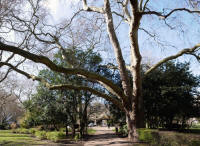 Gigantic plane |
 Bandstand |
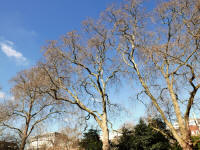 |
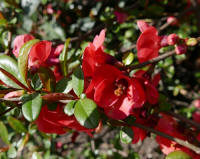 Chaenomeles japonica |
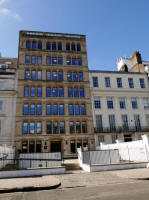 |
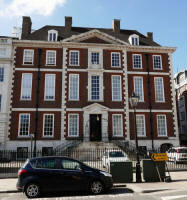 |

 The Ship Tavern |
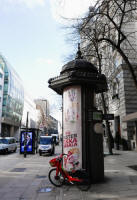 |
 |
 Beautiful brickwork- "Saw Hock Student Centre" |
|
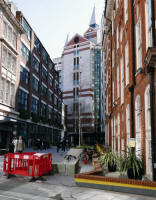 |
 |
 |
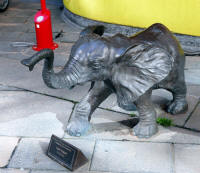 |
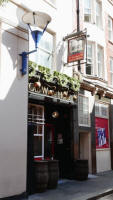 |
Sir John Soane Museum |
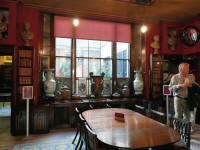 |
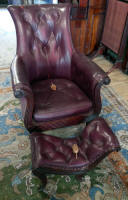 Do not sit!!! 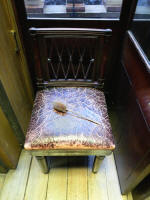 |
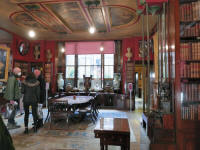 |
 Sir John Soane |
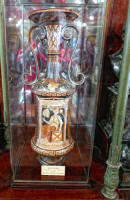 |
|
 Antiquities |
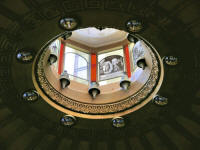 |
 Hanging staircase |
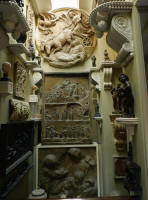 |
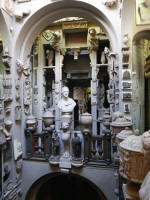 |
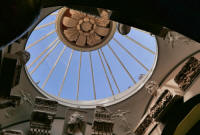 A light dome |
 Sir John Soane |
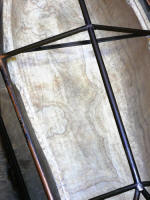 Goddess in the sarcophagus of Seti 1 |
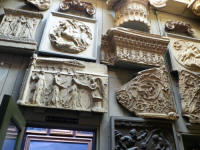 |
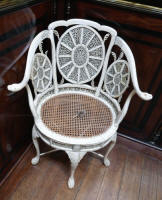 Ivory chair |
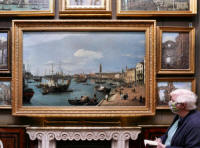 Canaletto |
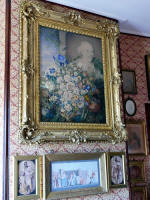 Shakespeare and flowers in Lady Soane's morning room |
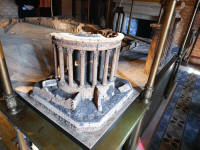 |
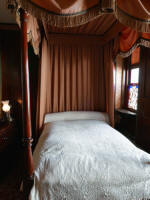 Sir John Soane's bed |
 Where we had lunch |
 Splendid decoration at Farringdon |